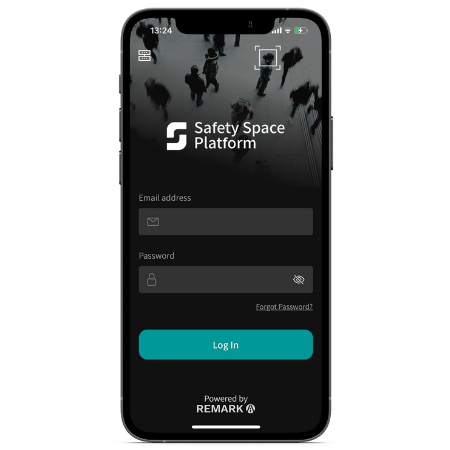Accelerate response times and investigations
Historically, looking for a person within video content required sifting through hours upon hours of footage, but with computer vision technology or AI-driven video analytics that can be reduced to minutes. Video analytics dramatically reduces investigation response times with the ability to search for people, a specific attribute like colour, clothing item, accessory, time or a behaviour.
With the ability to watch hours of video footage in minutes, view heat maps of crowds, identify anomalies, left objects and behaviours means a single investigator can carry out the tasks that once took an entire team.
Often the best course of action for security teams is to manage events as they unfold, rather than review the footage from afar.
Today’s video analytic solutions offer real-time alerts that work to:
- Improve situational awareness
- Plan better for the peaks and troughs of crowd formation
- Keeping security personnel aware of suspicious behaviour as it unfolds
- Offer insight to complex scenes quickly and effectively
Automate occupancy monitoring and control
Gives you a deeper understanding of your peak times to uncover traffic trends and crowd analytics with metrics that can inform your sponsorship capabilities, as well as provide data to prove the value delivered to your sponsors.
Keeping track of occupancy trends and wait times helps to reduce queue mass. Monitoring entrants & exists by zones or virtual boundaries gives organisations the ability to adjust staffing & operations accordingly.
Share real-time crowd capacity reports with internal stakeholders, sponsorship organisations or law enforcement agencies. Run ‘end of day report’ to show your busiest and slowest areas during the day / event.
Enhancing the fan experience with increased security measures
Improving the flow of visitors with heat map analytics enables event organisers to be in a better position to increase the customer experience by creating a more pleasant & efficient environment.
Overcrowding detection
Proactive detection of overcrowding with alerts to stadium staff to take necessary actions to prevent accidents and injuries from happening.
Boost security, revenues and the visitor experience
With proactive around-the-clock monitoring of people, assets, anomalies and places, including objects, behaviours and vehicles at scale and speed with actionable intelligence to better understand:
- Crowd dynamics
- The flow of people using heat maps
- Occupancy monitoring and control
- No. of people entering and exiting at key access points
- No. of people in each area like merchandising, bars, restaurants etc.
- Queue management
- People density


